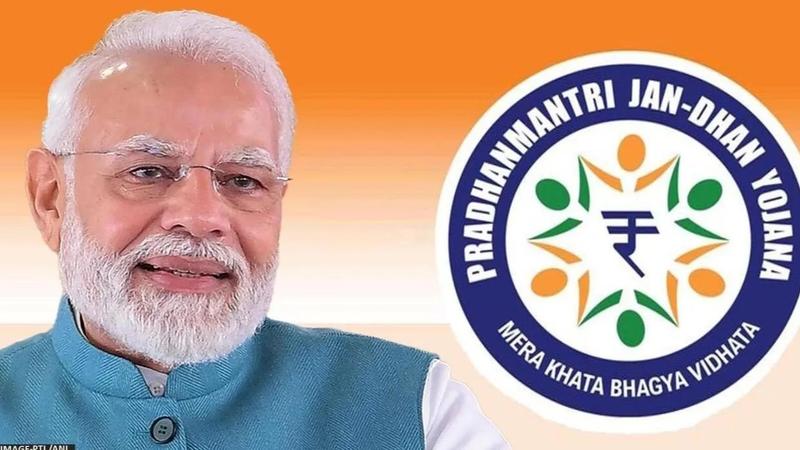Published 14:57 IST, August 28th 2024
PM Jan Dhan accounts boost financial inclusion by 55% since 2008
The PMJDY has completed ten years and proved to be the basis for bringing over 80 per cent of Indian women under the scope of financial inclusion.

10 years of PMJDY: The Pradhan Mantri Jan Dhan Yojna has completed ten years on Wednesday. This scheme had created a deep impact on every corner of the country. The Jan Dhan scheme was launched in 2014. Since then it has proven to be the foundation stone in bringing over 80 per cent of Indian women under the scope of financial inclusion. As a result of this, there has been a significant boost in the bank account ownership of women in a decade. The bank account has gone up from just 26 per cent in 2011 to 78 per cent in 2021.
Out of the total 53.13 crore accounts under this scheme, over 30 crore are accounts of women, and out of which over 35 crore of the Jan Dhan account hail from rural or semi-urban areas. PM Jan Dhan Yojana has lowered the rural-urban divide in terms of bank accounts. The percentage of households that have a bank account or a post office account has increased and is now almost the same in urban and rural areas, 95 per cent Vs 96 per cent respectively.
The PM Jan Dhan Yojana has also reduced the gender gap in access to financial services. In 2011, the gender gap in accessing financial services was 20 per cent, but it had been reduced to 6 per cent by 2017, which was smaller than the global difference of 9 per cent.
There are several benefits to the PMJDY in terms of financial inclusion. As of August 2024, approximately 36.13 crore RuPay debit cards have been supplied at no cost to Jan Dhan account holders. The RuPay debit card is free, and each cardholder receives a Rs 2 lakh insurance benefit as well as an overdraft option of up to Rs 10,000.
The government's focus is on Digital Public infrastructure along with the trinity of Aadhar cards, mobile penetration, and Jan Dhan accounts. The JAM trinity has increased financial inclusion rates from 25 per cent in 2008 to more than 80 per cent of individuals in the last six years. This scheme has been the basis for many more people-centric economic initiatives. Whether it is direct benefit transfers, COVID-19 financial assistance, PM-KISAN, increased wages under MGNREGA, or life and health insurance coverage.
In 2021, an SBI assessment found that states with larger PMJDY account balances have experienced lower crime rates and reduced alcohol and tobacco consumption, showing the program's favourable social impact. The Jan Dhan Yojana has collected praise globally for its impact on financial inclusion in India. A G20 report by the World Bank in 2023 stated that India has met its financial inclusion goals in just 6 years, an accomplishment that would have taken 47 years without its superior Digital Public Infrastructure. SBI report of 2021 stated that India has surpassed China in financial inclusion metrics. Mobile and Internet banking transactions soared to 13,615 per 1,000 adults in 2020, up from 183 in 2015, while the number of bank branches per 100,000 adults rose to 14.7, which has exceeded those in Germany, China, and South Africa.
India's account ownership has more than doubled, from 35 per cent in 2011 to 78 per cent in 2021. All of this is due to the government's numerous programs for financial inclusion.
(with agency inputs)
Updated 14:57 IST, August 28th 2024